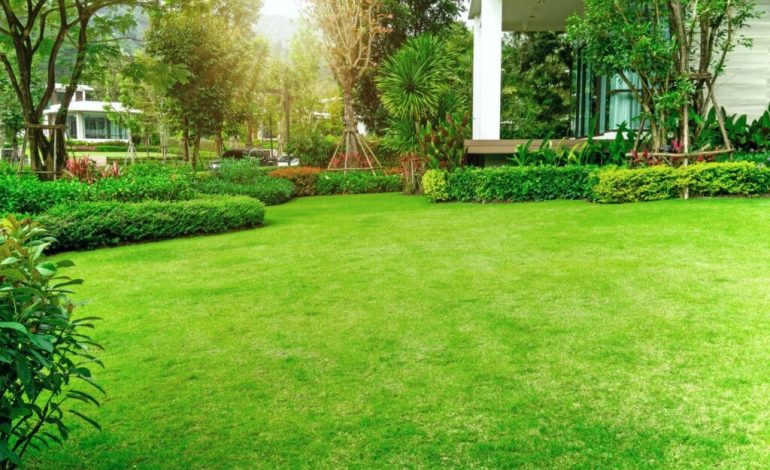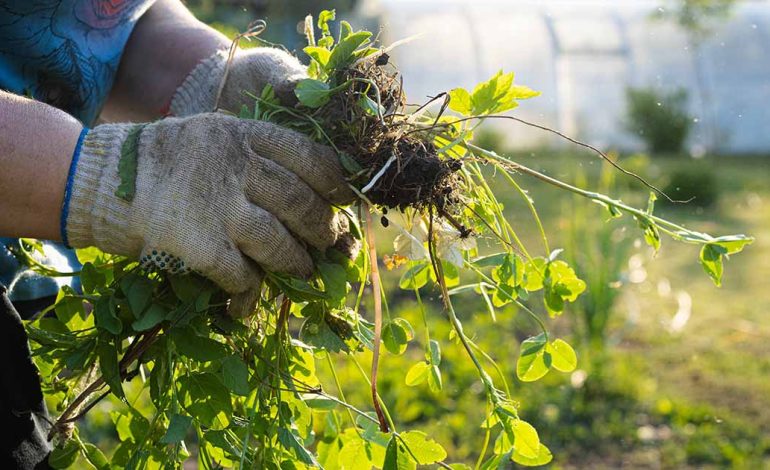
A beautiful lawn can be the pride and joy of any homeowner, but it takes a lot of hard work to keep it green and lush. Unfortunately, even the most well-cared-for lawns can fall victim to a variety of diseases that can turn a vibrant green lawn into a yellow and brown mess. In Wisconsin, there are several common diseases that plague lawns, and it’s vital for homeowners to know their symptoms and how to stop them.
Let’s take a closer look at the most common lawn diseases in Wisconsin yards, how to recognize them, and what to do if you find them. Check out a professional lawn care company like Be Green Pro for more info on how to combat lawn disease in Wisconsin.
Red Thread
Red thread is one of the most common lawn diseases in Wisconsin. It is a fungal disease that manifests itself as pinkish-red strands on the grass blades, causing the lawn to have an unhealthy and off-color appearance. This disease thrives in cool, humid weather and can be a sign of an underlying nutrient deficiency. To treat it, homeowners must try to address the nutrient deficiency through fertilization, watering, and proper mowing. It might also be necessary to apply fungicide to help control the disease.
Brown Patch
Brown patch is a fungal disease that targets the most actively growing parts of the grass plant. It typically affects turfgrasses that are excessively watered, compacted soil, or poorly drained. It appears as patches of brown grass, ranging from small to several feet in diameter. To prevent brown patches from spreading, homeowners must reduce watering frequency and avoid over-watering during humid weather. Rake up infected clippings, and applying fungicides can also help. Mowing regularly is recommended to promote healthy grass growth.
Dollar Spot
This lawn disease is another fungal disease that affects both warm and cool-season grasses. It can cause small circular spots, ranging from 1-6 inches in diameter. These spots begin with a straw color and eventually turn brown. Dollar spot is known to be a summer disease, developing in warm weather when there is high humidity and moisture. Removing infected clippings, fungicide applications, fertilization, and proper watering practices can all help control this disease.
Rust
Rust disease is a common problem in Wisconsin, displaying itself as orange or yellow-colored spots on the grass blades. So, Rust disease usually appears in warm weather, mainly when the lawn is under a drought-induced stress. This disease is spread by wind, rain, and mowing, making it highly contagious. To reduce the risk of rust disease spreading, homeowners should water deeply and infrequently, mow less frequently, remove grass clippings, and use fungicides when necessary.
Snow Mold
As it can be observed from the name itself, it’s a fungus that attacks the grass during snow season. There are two types of snow mold in Wisconsin – grey and pink. Both of these start during winter and result in white to a grey layer of fungal growth once the snow melts. These patches may range from a few inches to several feet in diameter. Prevention is the best measure to take to prevent snow mold: rake the lawn thoroughly at the end of the season, making sure to clear the debris. Fertilize properly using slow-release fertilizers, mow the lawn shorter during fall time, and irrigate less when the season changes.
Keep Your Lawn Disease Free
If you want a lush, healthy lawn in Wisconsin, it’s crucial to know about these common diseases and take steps to manage them. Identifying symptoms early can save you a ton of money and work in the long run. The tips shared above offer practical approaches to keeping your lawn disease-free, but always consult a professional if you notice any unusual symptoms or have a specific problem. A healthy lawn is a long-term investment and requires proper care and attention to keep it looking beautiful, healthy, and green.









